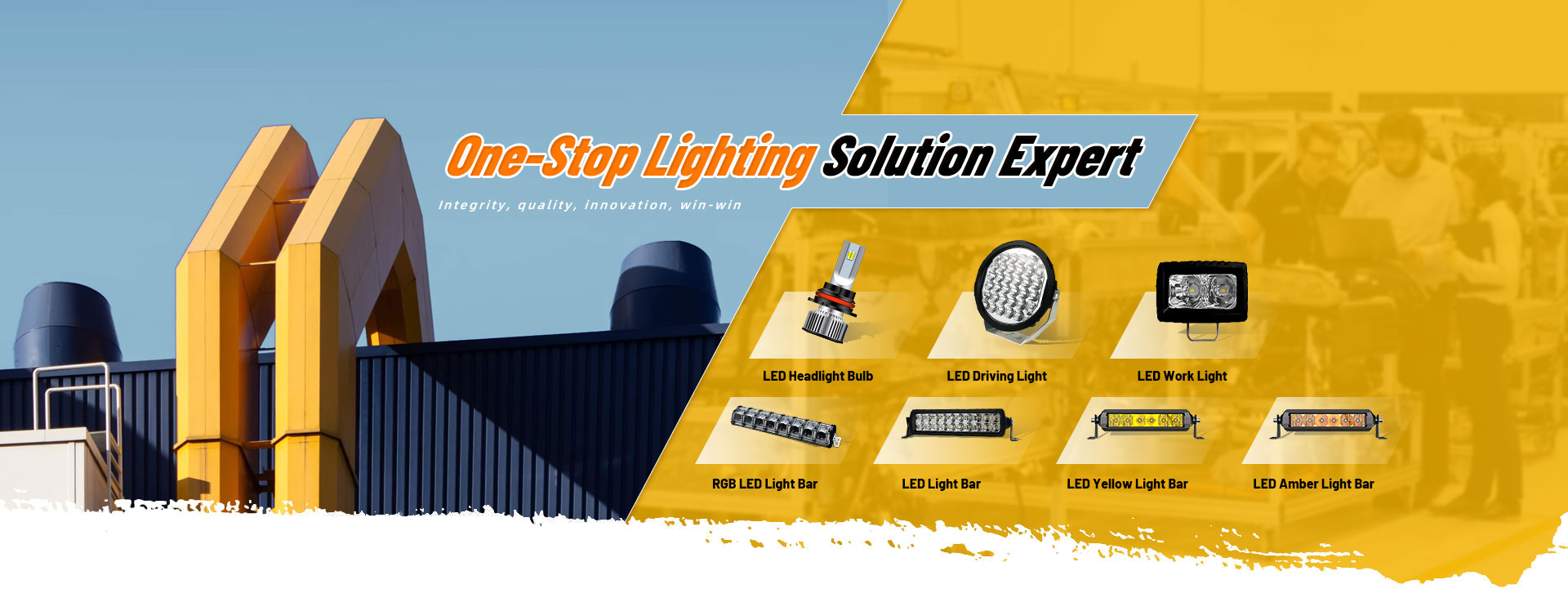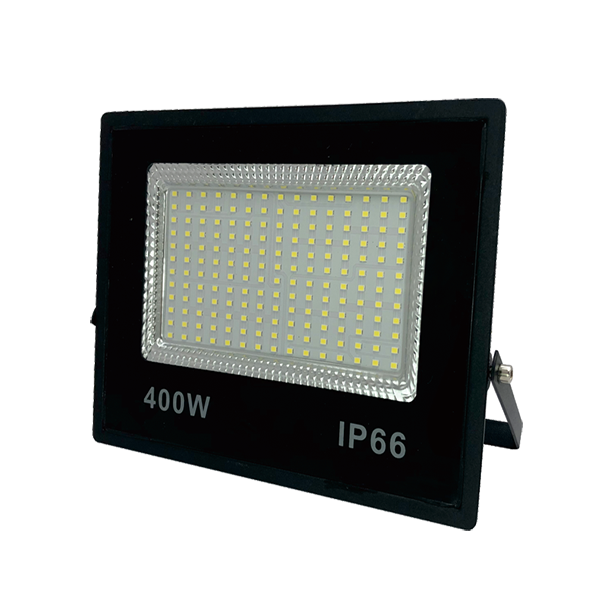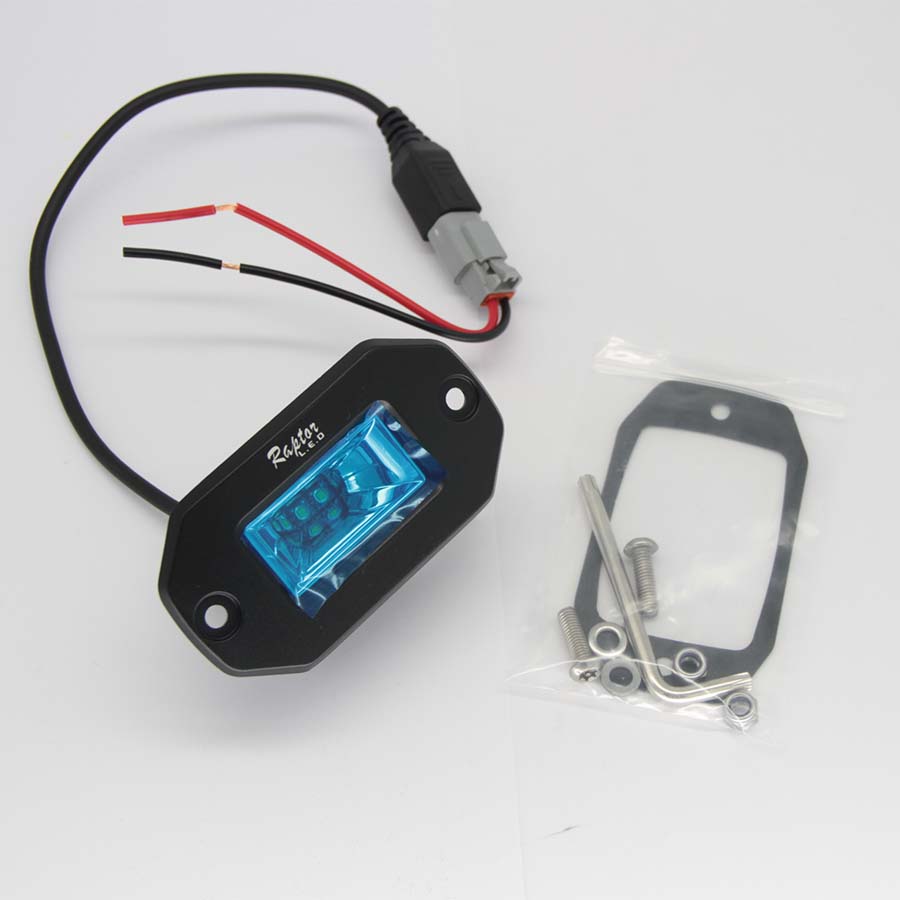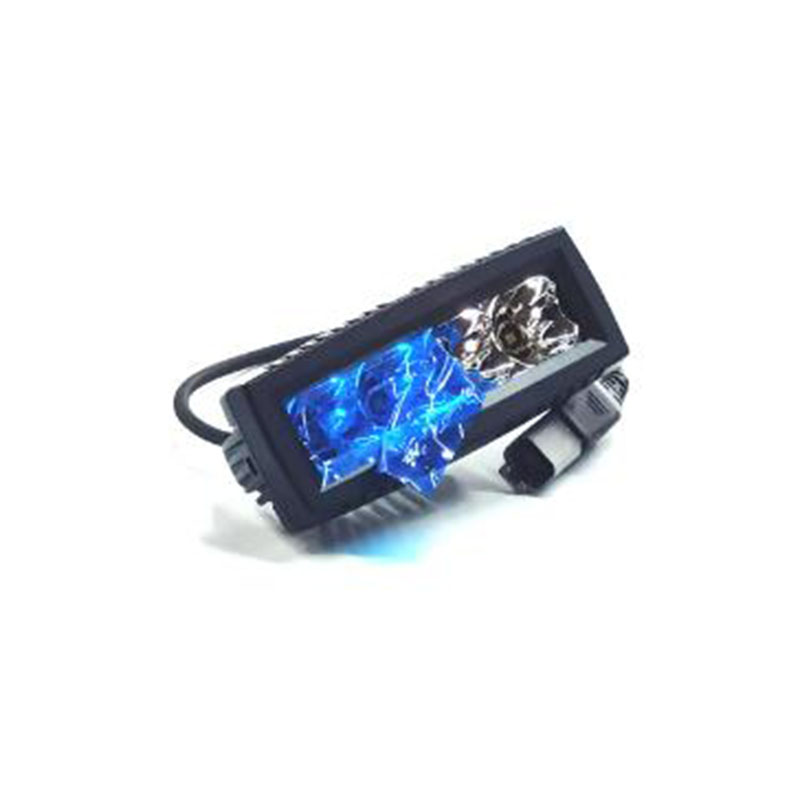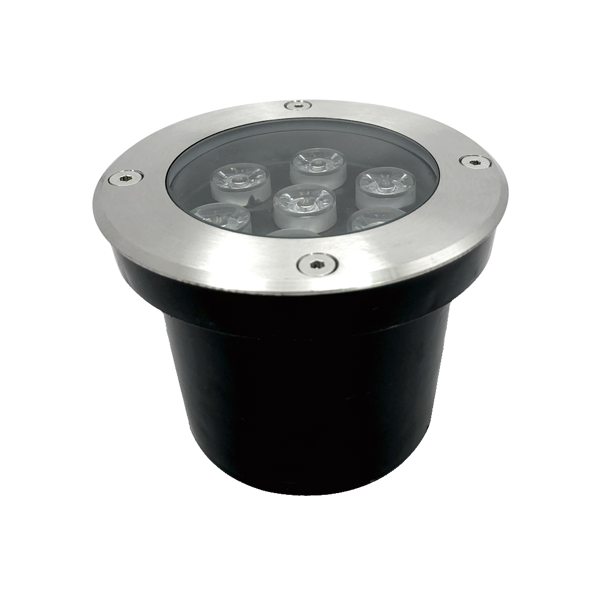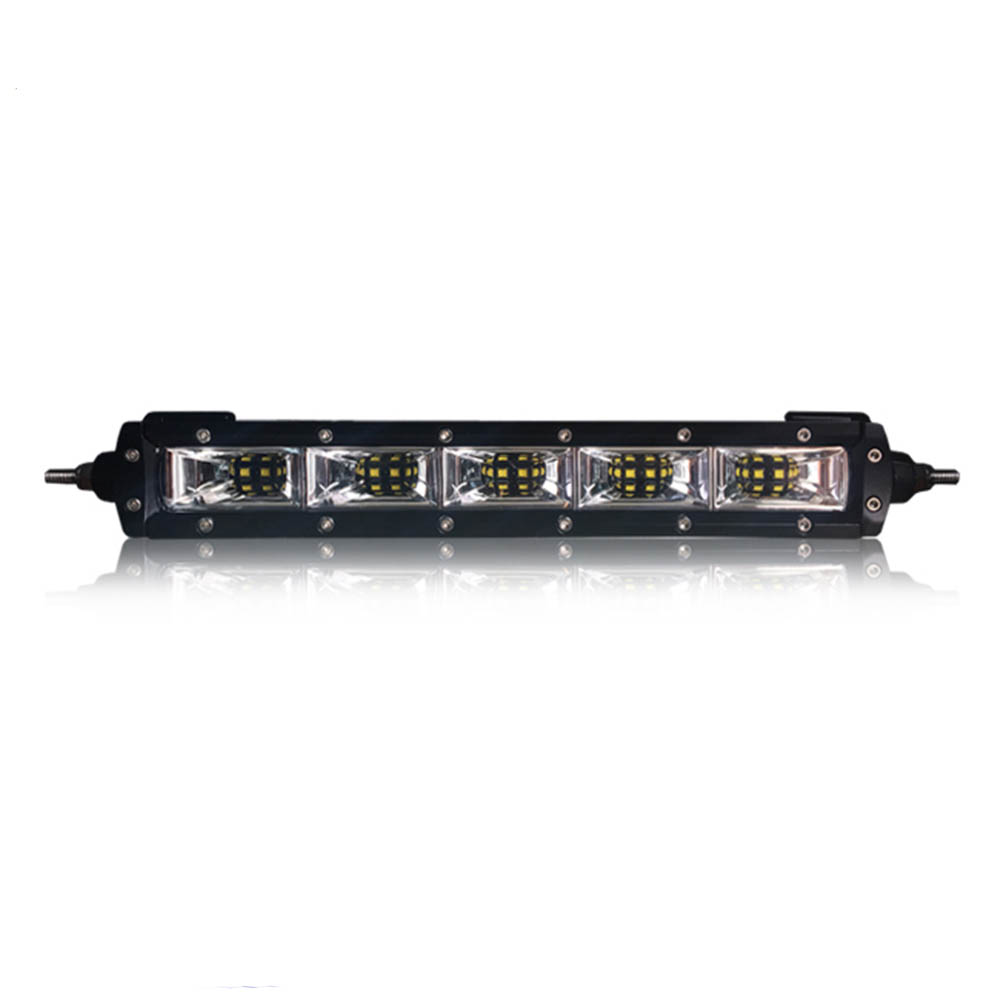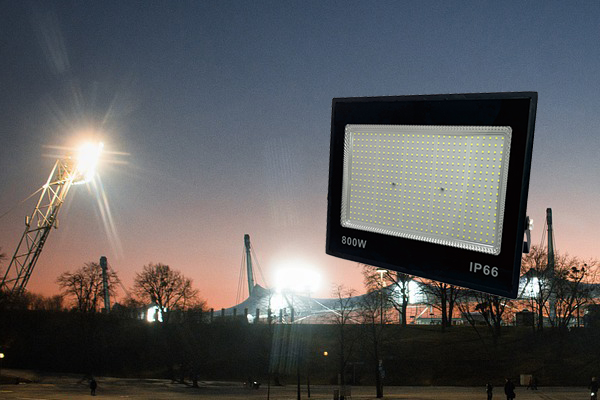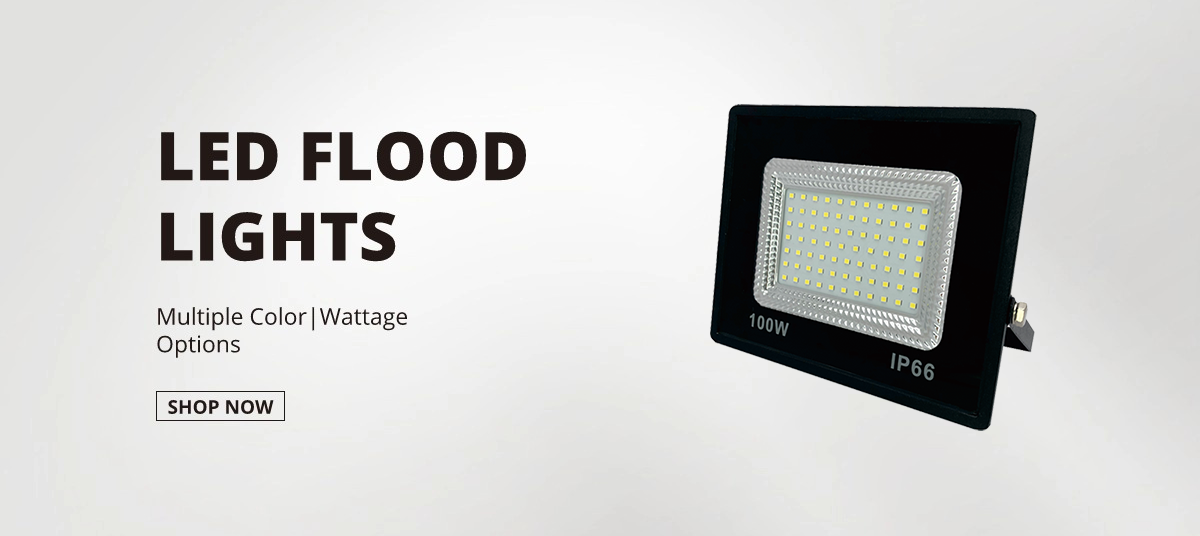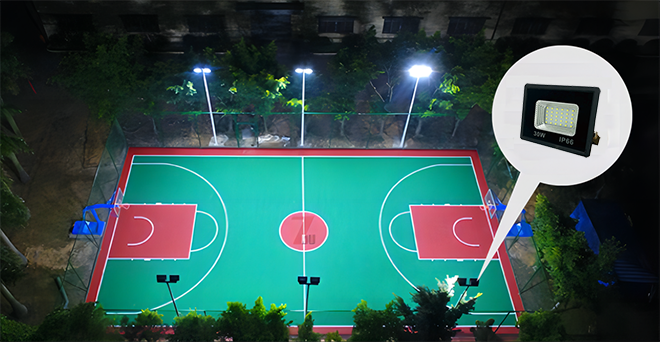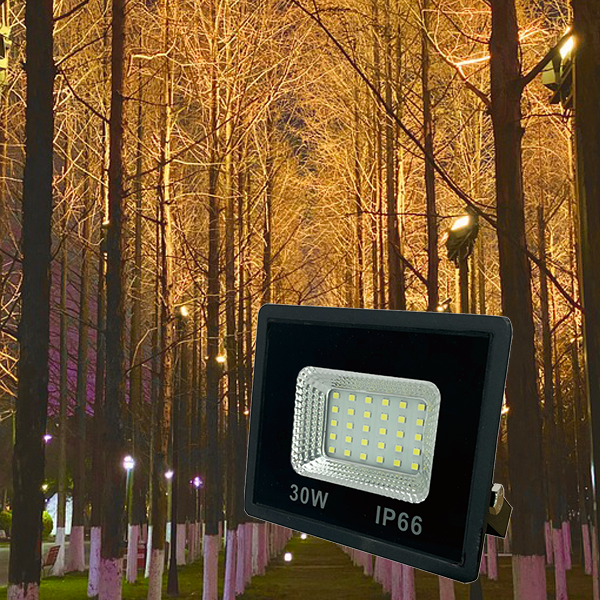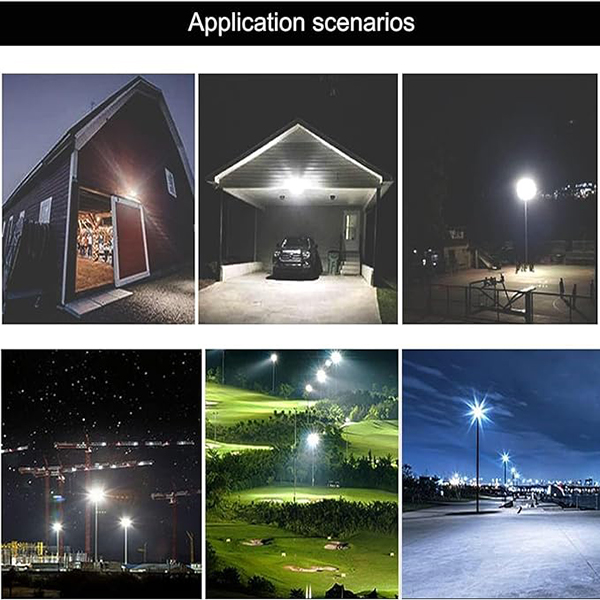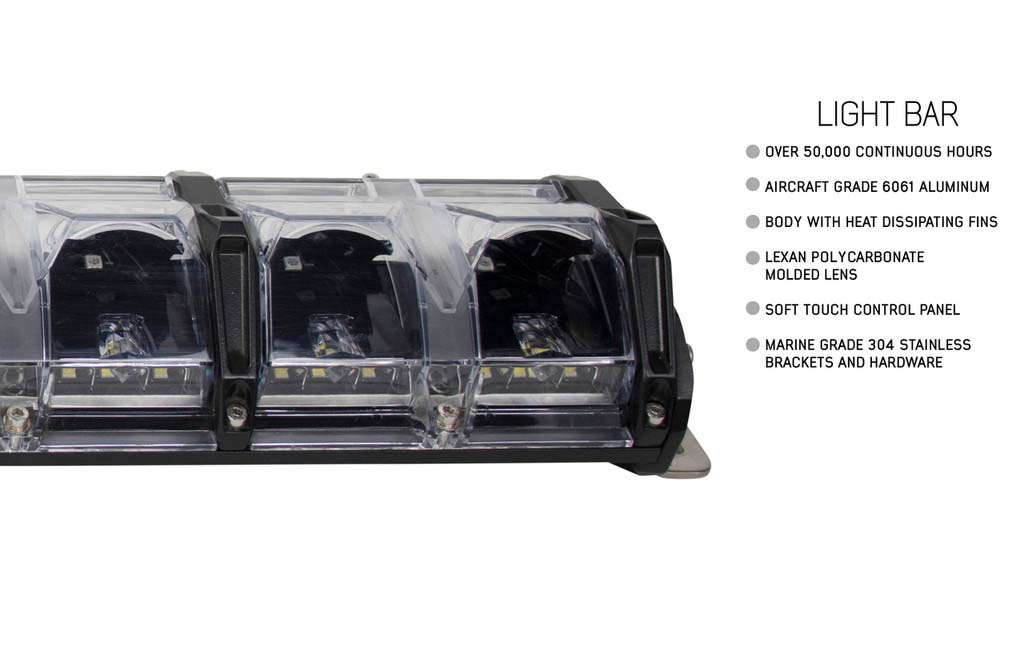
There are a few things you can look for when purchasing a new LED lamp. Some of them include wattage, durability, rated life and the type of tone that it gives. The more you know about these characteristics, the better you'll be able to pick out a good lamp.
Wattage
The wattage of a LED bulb tells you how much energy is used to create the light. However, this does not tell you how bright the light is. Instead, you need to look at the lumens to determine how much light a bulb produces. If the LED bulb produces more lumens for the same wattage, it will produce a brighter light.
If you are looking to replace your traditional lighting, you might not know which wattage is right for you. Typically, people assume that wattage and brightness should match. The problem with this is that not every wattage matches the same color or brightness. If you are not sure, it is best to go with a lower wattage.
If you need more information, check out the Lighting Facts label on LED bulbs. It will give you an idea of how much light is produced per watt and how long a bulb will last. You can also try to find out more by contacting the manufacturer.
The color of the light emitted by a light source can be measured in Kelvin (K). There are three categories, from 4000-7000 Kelvin. A cooler tone is ideal for utility rooms and bathrooms. A warmer tone helps set a cozy mood.
A quality LED bulb uses metal heat sinks with fins and fans to manage the heat. This is important because LED bulbs are prone to overheating. Generally, lower wattage LED bulbs use plastic or metal heat sinks to reduce heat. You might have to change the bulb if the light is flickering or not producing enough light.
There are many factors you should consider when choosing an LED. You need to choose one that will fit your needs. In addition, you can save on energy by purchasing a wattage selectable LED. These lights will allow you to adjust the wattage or even the color, without the risk of damage to your fixture.
You should also keep in mind that LEDs are not always the most efficient way to use power. The amount of light emitted by the LED depends on the current and voltage. A higher voltage causes electronic parts to vibrate, which may not be what you want.
Rated life
The rated life of LEDs can vary greatly. For example, a typical light engine's rated life can range from 35,000 to 50,000 hours. At the same time, the number of switching operations does not affect the rating. However, the number of lumens a LED lights up has a noticeable effect.
Luckily, the rated life of LEDs can be significantly extended, particularly when it comes to cold environments. Most manufacturers provide maximum die temperatures of 120 degC to 150 degC, though the average temperature will vary considerably. This enables LEDs to shed heat more effectively, thus ensuring a full rated life.
The rated life of LEDs is not only affected by the environment, but by the quality of the power that it's being fed. LEDs can be damaged by poor power quality, so make sure to select the best components. In addition, it's also wise to invest in appropriate cooling technologies. The optimal thermal management combination will provide a high performance LED with a long rated life.
Besides a longer rated life, LEDs offer many other benefits as well. For instance, they use up to 85% less energy than traditional lighting sources. Moreover, they can last up to 25 times longer than a comparable incandescent lamp. Lastly, they can produce white light. As a result, their light output can be compared to that of a fluorescent, incandescent or HID bulb. As you can see, LEDs have a wide variety of uses, from replacing old fluorescent tubes to replacing incandescent lamps. As a facility manager, you'll want to know about these and other features to ensure that your LED fixtures are performing as well as they can. This will help you to reduce your facility's energy bill and prevent unnecessary maintenance expenses.
If you're considering installing or replacing LED fixtures, the rated life of LEDs can vary widely from manufacturer to manufacturer. This is why it's essential to read the fine print, and to consult with your lighting consultant to find out which product is best for your application. If you do choose a LED, be sure to keep it safe from the elements, and to schedule your replacement before you start to notice a significant decrease in brightness.
Durability
LEDs, light-emitting diodes, are a promising alternative to fluorescent lamps. They are known for their energy efficiency and durability. These LEDs are increasingly being used in general lighting applications, as well as in pelmet and signage lighting.
The ability of LEDs to withstand impact and vibration is one of the many advantages that they offer. However, these devices are also affected by electromagnetic disturbances, which can affect their operation. Consequently, they are being investigated for their resistance to various disturbances.
To understand how LEDs react to disturbances, researchers studied the sensitivity of LEDs to a 160 V impulse. This was done by conducting a series of tests on the individual components of a LED. The intensity of the light emitted by these components dropped dramatically, even after the first impulse. This was due to the fact that the luminous flux of the LED decreased as bonding temperature increased. The luminous flux of the LED decreased 20%, which is the amount of power that is perceived as light by humans.
Despite the high light output and efficiency of LEDs, they still suffer from issues related to thermal dissipation. To overcome this, the LED industry is pursuing product design structures to control heat generated by high-power chips. In addition to this, improved heat sinks can promote the durability of LED products.
Clight LED light bar the quality of the PC material used in the lens is hard to compare when you are looking at two vehicle evolution light bar. But it is extremely important. Cheap PC lens material may reduce light transmission by 15% or more. Better quality lens material will better resist scratches and abrasions so it will have a longer life span.

